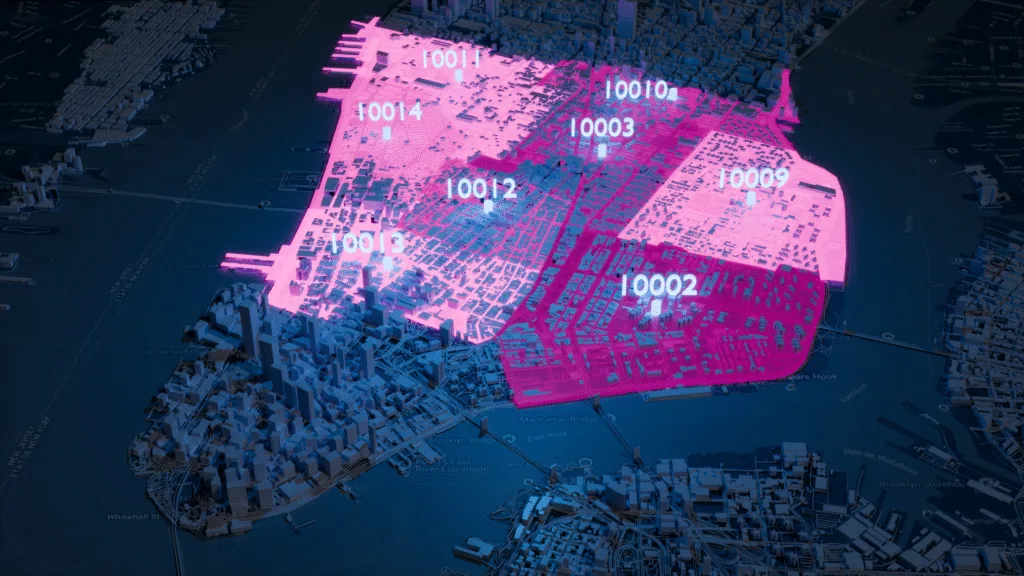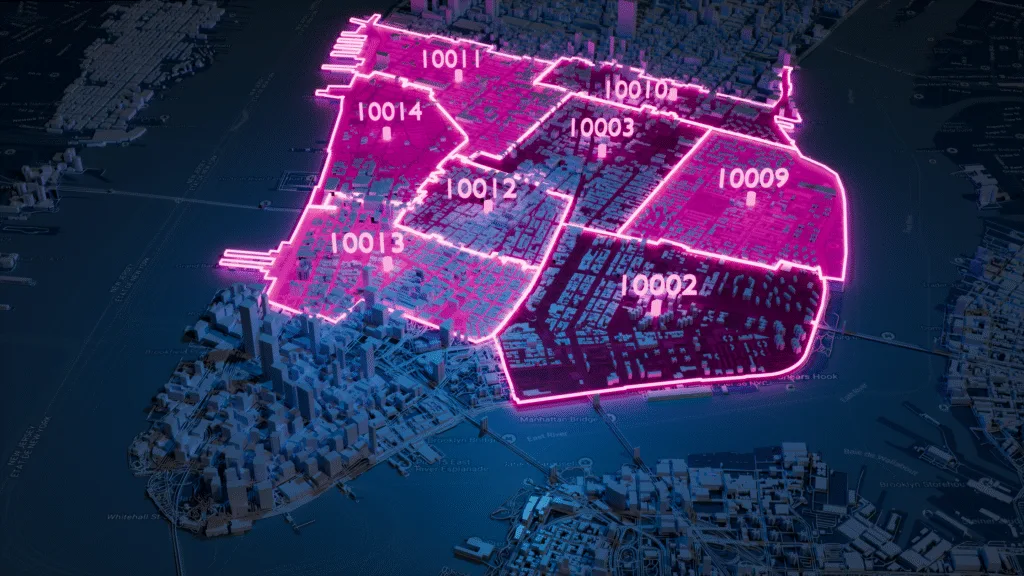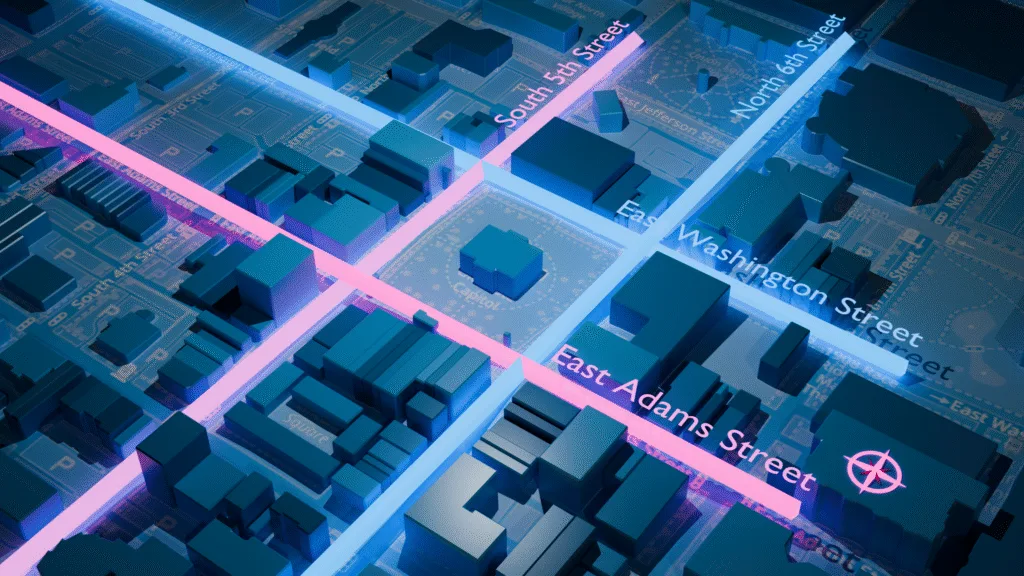World Postal Code > Worldwide Administrative Divisions > South & Central America Administrative Divisions > Brazil Administrative Divisions
Brazil Administrative Divisions
What is the hierarchy of administrative divisions in Brazil?
Here’s a breakdown of the hierarchy:
1. States and Federal District: Brazil is divided into 26 states and 1 federal district (27 federative units).
2. Municipalities: Each state and the federal district is subdivided into municipalities (5,569 as of 2024).
3. Districts: Municipalities are further subdivided into districts (10,740 as of 2024).
4. Subdistricts: Some districts are further subdivided into subdistricts (645 as of 2024), which are the smallest administrative units where they exist.
List of Brazil's administrative divisions with their counts and names
These are the summarized administrative divisions. The full dataset is available in the Download Center.
| iso | country | admin level 1 | admin level 2 | admin level 3 | admin level 4 |
|---|---|---|---|---|---|
| BR | Brazil | Acre (State) | 5 Microregions | 22 Municipalities | This level doesn’t exist for this country. |
| BR | Brazil | Alagoas (State) | 13 Microregions | 102 Municipalities | 8 Subdistricts |
| BR | Brazil | Amapa (State) | 4 Microregions | 16 Municipalities | This level doesn’t exist for this country. |
| BR | Brazil | Amazonas (State) | 13 Microregions | 62 Municipalities | 9 Subdistricts |
| BR | Brazil | Bahia (State) | 32 Microregions | 417 Municipalities | 161 Neighbourhoods, 2 Subdistricts |
| BR | Brazil | Ceara (State) | 33 Microregions | 184 Municipalities | 121 Neighbourhoods |
| BR | Brazil | Espirito Santo (State) | 13 Microregions | 78 Municipalities | 80 Subdistricts |
| BR | Brazil | Federal District (Federal district) | 1 Microregion | 35 Administrative regions | This level doesn’t exist for this country. |
| BR | Brazil | Goias (State) | 18 Microregions | 246 Municipalities | 66 Subdistricts |
| BR | Brazil | Maranhao (State) | 21 Microregions | 217 Municipalities | 253 Neighbourhoods |
| BR | Brazil | Mato Grosso do Sul (State) | 11 Microregions | 79 Municipalities | This level doesn’t exist for this country. |
| BR | Brazil | Mato Grosso (State) | 22 Microregions | 142 Municipalities | 4 Subdistricts |
| BR | Brazil | Minas Gerais (State) | 66 Microregions | 853 Municipalities | 9 Subdistricts |
| BR | Brazil | Paraiba (State) | 23 Microregions | 223 Municipalities | This level doesn’t exist for this country. |
| BR | Brazil | Parana (State) | 39 Microregions | 399 Municipalities | 66 Neighbourhoods |
| BR | Brazil | Para (State) | 22 Microregions | 144 Municipalities | 8 Subdistricts |
| BR | Brazil | Pernambuco (State) | 19 Microregions | 185 Municipalities | 94 Neighbourhoods |
| BR | Brazil | Piaui (State) | 15 Microregions | 224 Municipalities | This level doesn’t exist for this country. |
| BR | Brazil | Rio de Janeiro (State) | 18 Microregions | 92 Municipalities | 217 Neighbourhoods, 9 Subdistricts |
| BR | Brazil | Rio Grande do Norte (State) | 19 Microregions | 167 Municipalities | 4 Subdistricts |
| BR | Brazil | Rio Grande do Sul (State) | 35 Microregions | 497 Municipalities | 94 Neighbourhoods |
| BR | Brazil | Rondonia (State) | 8 Microregions | 52 Municipalities | This level doesn’t exist for this country. |
| BR | Brazil | Roraima (State) | 4 Microregions | 15 Municipalities | This level doesn’t exist for this country. |
| BR | Brazil | Santa Catarina (State) | 20 Microregions | 295 Municipalities | This level doesn’t exist for this country. |
| BR | Brazil | Sao Paulo (State) | 63 Microregions | 645 Municipalities | 34 Neighbourhoods, 34 Subdistricts |
| BR | Brazil | Sergipe (State) | 13 Microregions | 75 Municipalities | This level doesn’t exist for this country. |
| BR | Brazil | Tocantins (State) | 8 Microregions | 139 Municipalities | This level doesn’t exist for this country. |
Why is building an Administrative Divisions Database complex?
The complexity arises from inconsistent global standards, frequent boundary changes, non-uniform naming conventions (e.g., “suburb” in Australia vs. “county” in the US), and variations in administrative levels across countries. Integrating and harmonizing data from multiple sources requires advanced normalization, versioning, and geospatial validation techniques.
How does GeoPostcodes solve the problem for you?
Our standardized database overcomes the complexity of different administrative division
systems worldwide. Our database follows a unified structure that you can integrate
seamlessly into your system or platform of choice without needing to become an expert in
each country’s unique administrative hierarchy.
Download the complete Dataset
Explore the comprehensive list of administrative divisions, standardized and scalable across 247 countries.


Why choose GeoPostcodes
Global coverage
Complete coverage across 247 countries, including hard-to-source geographies like China, Japan, Brazil, and Russia.
Highest quality
Built on extensive, authoritative sourcing with robust data engineering and quality control. Standardized and up-to-date.
Expert Consulting
With 15 years of experience, we guide your implementation and deliver data in the format that fits your system.
Trusted by Industry Leaders
Join more than 100 enterprise clients who trust GeoPostcodes for their location data
Anjo Grebe
Consultant


Dr. Peter Wild
Managing Partner

Kousha Mazloumi
Director of Data Science

Kousha Mazloumi
Director of Data Science

William Chao
Product Owner of Geographic Information Services


Kate Kilby
Senior Product Manager

Dave Hamm
Project Manager

Kavian Ranjbar
Data Governance Specialist

Nick Beaugié
Senior Software Engineer

Request a personalized quote
Interested in the full database? Ask for a quote.
Our pricing model depends on a few factors such as products, features, use case and country coverage.
Get in touch to receive an accurate pricing proposal.
Annual licenses are priced based on the number of countries needed, type of usage, products and the features (additional datasets).
Our licenses have a fixed price and include everything: comprehensive location data, unlimited updates, the right to use our data in all your systems or products, and continuous support from a dedicated expert.
Data is updated weekly, but you can decide on your own update frequency depending on your use case. You can get automatic differential updates and a list of historical ID changes by using our download API.
124 of the Fortune 500 rely on our international data


Our location dataset for Brazil
Brazil ZIP Codes
Brazil ZIP & Administrative boundaries
Brazil Address Format
Global Location Databases
Comprehensive location data products serving businesses, and
organizations worldwide with accurate, up-to-date geographic information.

Postal Code Database
Global dataset containing all administrative divisions, cities and zip codes.
Key features
- 247 Countries
- 9,9M Coordinates
- 9,3M Postal Codes
- 400 Time zones
- 4M Cities and Towns
- 116K UNLOCODES
Specifications
- Coverage: Global
- Format: CSV, ASC, DAT, GML, GeoJSON, KML, Shapefile (SHP)

Boundary Data
A global dataset of polygons representing postal codes and administrative areas.
Key features
- 247 Countries
- Up to 6 levels
- 1,7M boundaries
- High-precision
- 245K Admin areas
- Visualization
Specifications
- Coverage: Global
- Format: GeoJSON, Geopackage, KML, Shapefile (SHP)

Population Database
Global population estimates at postal code and administrative level covering a span of 55 years: past, present, and future.
Key features
- 247 Countries
- 243K Admin areas
- 55 year span
- Yearly updates
- 645K ZIP codes
Specifications
- Coverage: International
- Format: CSV, ASC

Address Database
International dataset with all administrative areas, cities, streets, and relevant postal codes.
Key features
- 81 Countries
- 299 languages
- 26,5M streets
- 400 time zones
- 9.3M ZIP codes
- 4M cities
Specifications
- Coverage: International
- Format: CSV, ASC, DAT, GML, KML, Shapefile (SHP), GeoJSON
Global Postal Code Coverage
247 countries and territories with standardized formatting and reliable geographic information.